
Station Name: WORSLEY[Source:
Philip Hudson]
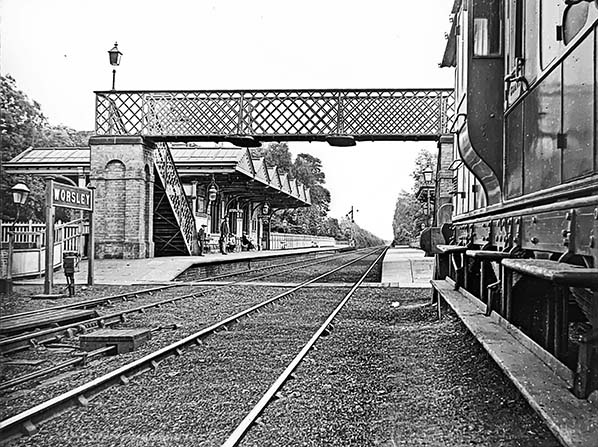 A view facing south-east towards Eccles c900. The practice of covering sleepers with ballast was outlawed c.1919. The station approach road was at the extreme left and a siding ended at a dock behind the half-panelled fence on the left. Note the LNWR slotted post signal with arms for either direction and lamp and lens lower down the post. Note, too, the points indicator beneath the running-in board. The station was well provided with gas lighting and the suspended lamps beneath the canopy are rather splendid. The casement lamp on the footbridge has one side blacked out, presumably to avoid distracting, or confusing, drivers of approaching trains. There would have been another of these lamps at the other end of the bridge. The vehicle stabled on the right is a LNWR 26ft 1in passenger brake from one of the batches with slab sides and prominent roof overhang. The eyes on the edge of the roof presumably carried a train's communication cord. The vehicle was wearing the LNWR plum and white passenger stock livery. The 'Guard' inscription is clearly seen on the relevant door panel, while there were two sets of double doors per side for luggage etc., plus small compartment doors at each end where the ventilation louvres can be seen. The vehicle number was located on the rebated panel above the grab rail on the ogee (ducket) but is not discernible.
Copyright photo from Simon Tainton 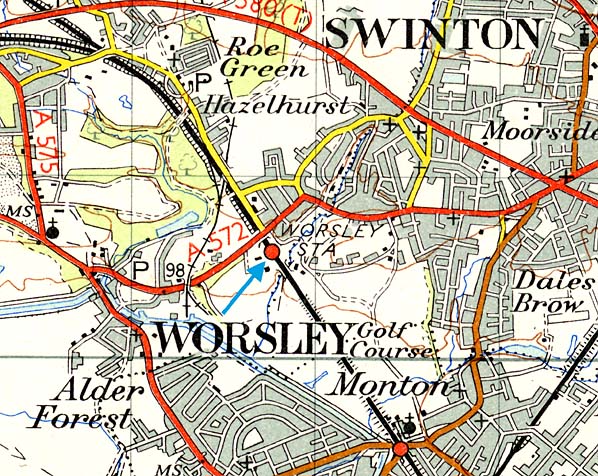 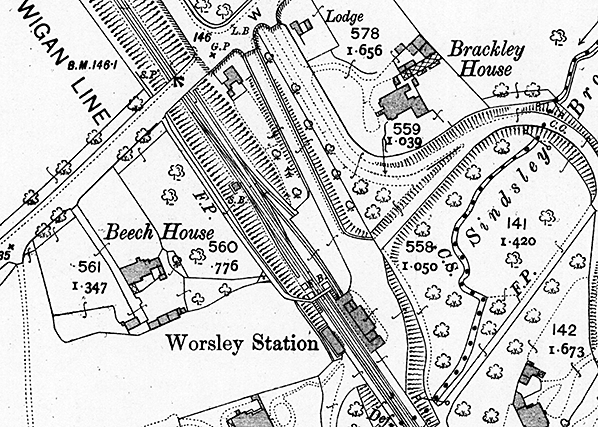 1908 1:2,500 OS map shows the layout of the station and goods yard.
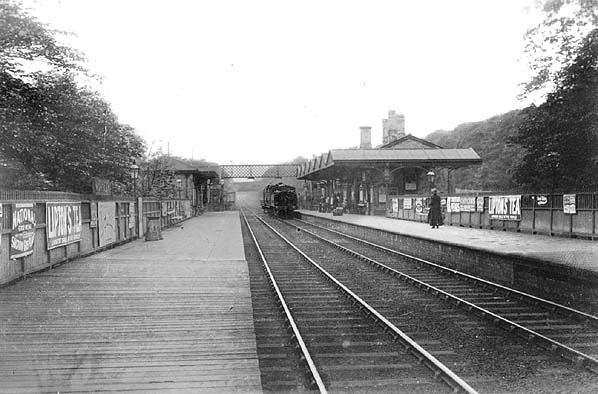 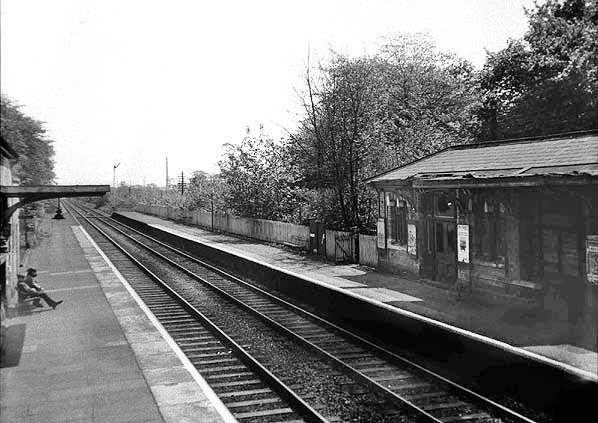 Worsley
Station in 1967
Photo by Brian Wharmby 4.jpg) By 1969 BR had demolished half the buildings leaving the station in a very run down state.
Photo by Bill Singleton 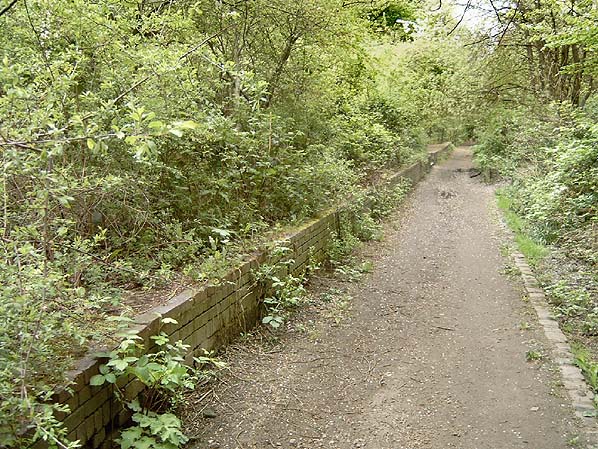
 Home
Page Home
Page
|
 In 1870 an additional branch line (the Roe Green Loopline)
was opened to Bolton, via Walkden Low Level. A key function
of the lines was to support the surrounding collieries in
conjunction with the Bridgewater canal, the largest of which
was at Mosley Common, one of the biggest pits in the UK at
its prime.
In 1870 an additional branch line (the Roe Green Loopline)
was opened to Bolton, via Walkden Low Level. A key function
of the lines was to support the surrounding collieries in
conjunction with the Bridgewater canal, the largest of which
was at Mosley Common, one of the biggest pits in the UK at
its prime. Monton Green station was opened in November 1887, mainly
to cater for suburban commuters into Manchester and was located
alongside the entrance to Worsley Golf Club.
Monton Green station was opened in November 1887, mainly
to cater for suburban commuters into Manchester and was located
alongside the entrance to Worsley Golf Club. Mosley Common colliery employed over 2,000 by 1919, and became
part of the Manchester Collieries company in 1929, before
the take over by the National Coal Board in 1947. By the late
1950's, the colliery employed 3,000, and was among the largest
and most modern pits in the country. However it was closed
in 1968 without having been exhausted, and the site was cleared
by 1974.
Mosley Common colliery employed over 2,000 by 1919, and became
part of the Manchester Collieries company in 1929, before
the take over by the National Coal Board in 1947. By the late
1950's, the colliery employed 3,000, and was among the largest
and most modern pits in the country. However it was closed
in 1968 without having been exhausted, and the site was cleared
by 1974.


